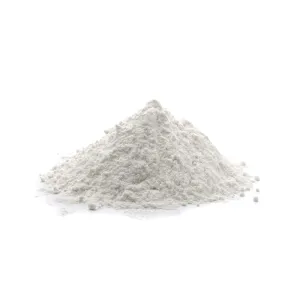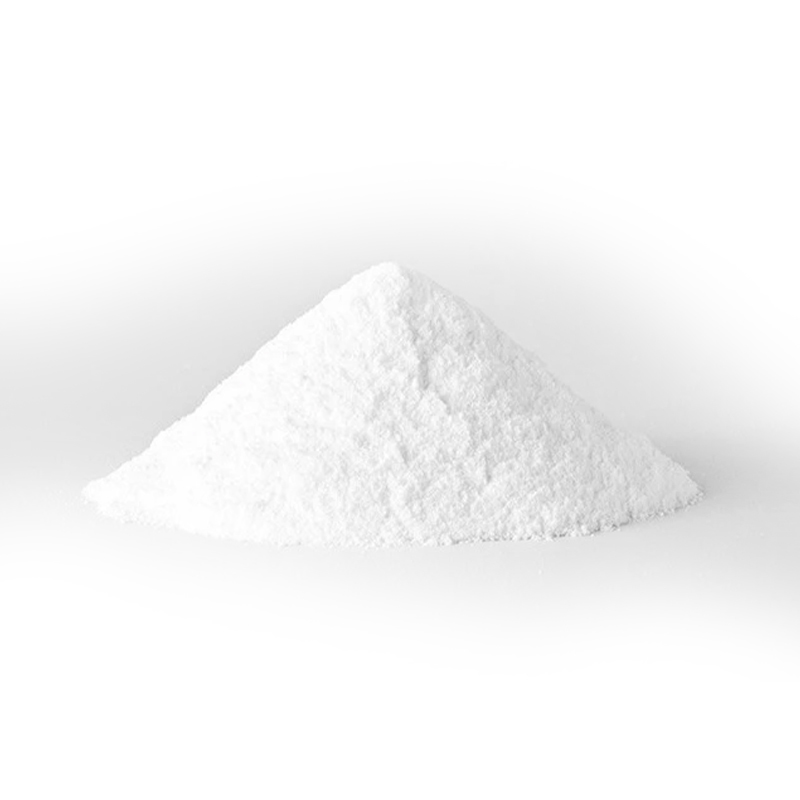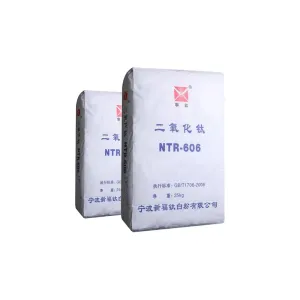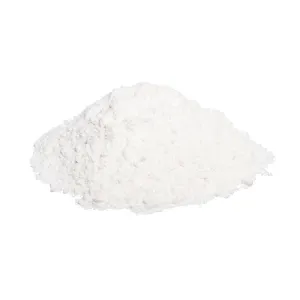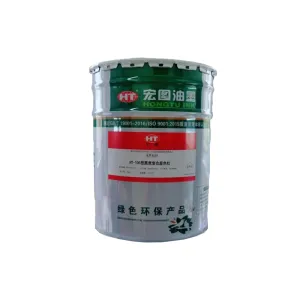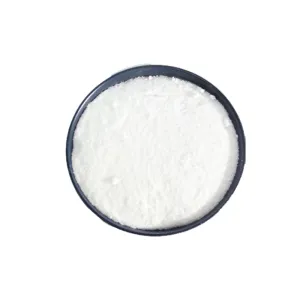Vedanta’s plan mired in charges of ecological sins

LANJIGARH/BHAWANIPATNA: Drive UP from the district head-quarters of Bhawanipatna to the project site in Lanjigarh, and it is hard to miss the sight of rocks and trees clinging to the steep flanks of every hill along the way. This part of Kalahandi is mostly flat agrarian land with the odd tree-covered rock mass jutting out of the earth.
But not at Niyamgiri itself. It is a place buried in smoke, and its people have accepted the resultant haze as a part of their lives. The fumes surround the Vedanta refinery, which started operations some two years ago, processing bauxite trucked in from Chattisgarh and elsewhere as the company awaits permission to mine Niyam Dongar.
Along the lower flanks of Niyam Dongar is Rengopalli, a village of around 300 people sandwiched between forests and the plant. It is where the mountain’s foothills used to descend into the Vamsadhara, one of the two major rivers that originate from the mountain.
Rengopalli gave away 340 of its total 400 acres for the Vedanta refinery. The company cleared the fields and constructed a giant pond the size of several football fields, just a five-minute walk from the village. The red mud pond is used for dumping alkaline slurry from the plant.
Since the pond was built, villagers say their tube-well water has red specks. Rengopalli resident Linga Majhi and others say the air blowing in irritates their eyes and causes breathing trouble. Some 14 people have died because of tuberculosis in the last two years, and Majhi says the villages never had such an incidence of TB before. Matters have reached a point where the villagers are asking the company to buy the rest of their land and resettle them.
In nearby Chhatarpur, residents say in the early days of the project, there were repeated instances of caustic soda leaking from the plant into the Vamsadhara killing some villagers who unwittingly used it for bathing.
Vedanta has addressed some concerns – like the caustic soda leaking into the river. The river seemed fine the day ET went there. The water was clear and more convincingly, grass was visible in the shallows and dragonflies were skimming along the surface of the river. But Chhatarpur has other issues too. Dust from the project has affected crop output. Where there used to be 100 kilograms of tomatoes from an acre earlier, they now get 30 kilos, they say.
Mukesh Kumar, chief operating officer of Vedanta Alumina, rubbishes these charges. Only three — Chhatarpur, Rengopalli and Banduguda — of some 13 villages in the refinery’s vicinity are unhappy, he says, adding villagers are being instigated by NGOs such as Action Aid, Survival International and Amnesty International, all of which oppose the project. He insists the refinery is non-polluting and says caustic soda leaked out just once when Vamsadhara went into spate after heavy rains, breached the company wall and its waters mixed with the pond. On air pollution, he says, the project sticks to its emissions limit despite Coal India supplying coal with higher ash content.
The red mud slurry pond cannot taint groundwater at Rengopalli because the village is on a higher elevation than the pond, Kumar says. In any case, he adds, three impermeable layers line the pond and keep slurry and groundwater apart — a natural layer of bauxite beneath the pond, a 300 mm layer of Bentonite, a sealant used for waterproofing, and the red mud itself.
To Linga Majhi’s complaint about the air blowing in to his village, he says dust cannot blow off the top of a (wet) slurry. “Rengopalli is just envious of the two resettled villages (they were displaced during the construction of the refinery) and also wants those benefits now,” says SK Pattnaik, the refinery’s human resources head.
But the report by the Forest Advisory Committee team, which comprised researcher Usha Ramanathan, additional director general (wildlife) at the Wildlife Institute of India in Dehradun, Vinod Rishi, and the chief conservator of forests in Bhubhaneshwar, JK Tewari, corroborates villagers’ claims about the air from the red mud pond and red specks in the water. So does a report by Kalahandi’s collector to the Orissa Human Rights Committee.
Two employees of Orissa’s pollution control board also challenge Kumar on the red mud pond. Bauxite, the first person says, is exceedingly permeable. Groundwater can easily seep into the pond. “The groundwater level is very high. It can leak into the pond during monsoons. For that reason, we had suggested they line the pond with a layer. But all they did is sprinkle some Bentonite,” he says.
The second employee says air blowing across the pond would pick up some alkaline moisture from the caustic slurry. “That village should be shifted. The risk of groundwater contamination and alkaline air will always be there. They should be moved to a safer place,” he said.
But Kumar says bauxite can be impermeable and dismisses the possibility of groundwater contamination. The company is now building a second pond abutting Rengopalli on another flank and larger than the first.
THE WORKING HANDS
Chhatarpur’s former sarpanch Senapati Naik says the company is now adding insult to injury by reneging on its promise on land settlement and employment. Against its original promise of direct employment to one person from every household that lost land and indirect employment to all who live in the village, so far only one person from the village has got a direct job, he said. Others, he added, are either working as contract labour or are unemployed.
At Rengopalli too, Linga Majhi and two other villagers said the company had failed to honour its offer to provide appropriate training facilities in lieu of land to eligible ‘project affected people’ and provide employment as per Orissa’s resettlement and rehabilitation policy. This charge is also echoed by the FAC report.
But Vedanta’s Kumar says the company has paid everyone whose land it acquired and all its vendors provide villagers with direct jobs, but the villagers refuse to join vendors and want direct jobs with Vedanta only. “We can hire only so many people,” he says, adding that employment problems too were only confined to the three villages of Chhatarpur, Rengopalli and Banduguda.
But local journalist Ashlam, who has tracked the project since inception, says conditions are the same in all the villages. The FAC report, written after surveying almost 20 villages around the refinery and the proposed mining area, also suggests discontent is not limited to just three villages.
COO Kumar insists the project is doing all it can to develop Kalahandi, and that it has created 10,000 jobs. For instance, he says the company employs 2,000 people at its rake-unloading yard at Kesinga alone. But Kalahandi collector R Santgopalan disputes Kumar’s claim. Kesinga has a population of 15,000 people or 3,000 households. Vedanta’s claim, he says, would make Kesinga a town of coolies. “It is more likely they will have 50-100 people working there unloading the trains.” There are other reasons for rising local anger. Villagers accuse the company of resorting to pressure tactics. The fact-finding team sent by the FAC said Vedanta was slapping criminal cases to keep protests down, echoing what villagers told ET.
ET saw an agreement the company signed with Rengopalli villagers while acquiring land for the red mud pond. It says: “The people of Rengopalli will unconditionally offer the land payment and will not directly or indirectly oppose the construction of the red mud pond and the access road. They will not raise any future issues that will materially affect the construction and operation of alumina refinery. Any demands raised by Rengopalli villagers shall only be routed through the village coordinator to be nominated by Vedanta and they will not resort to any pressure techniques/strikes/stoppage of work/threatening etc.”
THE PEAK OF HOPE
Just as the tribals claim to be victims of Vedanta, the company is also a victim of expectations. The company, which set foot on an industrial blind spot, suddenly meant all things to all people. But now, as it struggles to manage hopes, troubles are mounting on the political front too.
Resistance to the project is being harvested by parties such as the Congress and the BJP, although the ruling Biju Janata Dal (BJD) — a votary of the project from the beginning — continues its support. But off the record, local BJD politicians paint the picture of a party split over Vedanta. BJD’s losses in both the recent assembly and Lok Sabha elections are partly attributed to popular anger against Vedanta and the party’s support for the company.
Bhakta Charan Das, the Congress Kalahandi MP, has been lobbying against the project. He flashes a copy of a letter that he gave environment minister Jairam Ramesh, which cites concerns over biopersity, local ecology and the Dongria Kondh tribals, a primitive tribal group numbering just 7,000 and living in some 200 villages in the Niyamgiri hills. He opposes any clearance, not even a conditional one, to Vedanta for mining in the Niyamgiri hills.
Vedanta can be allowed to mine elsewhere in Kalahandi provided it agrees to do more for local development, said Das, adding that most profits from the project will go to the company with a small share also going to the government. “But all that Kalahandi will get is Rs 10 crore every year. In 25 years, Niyamgiri will be gone. The company will be rich. But what about us? And what about the Kondhs?”
Similar disappointments are echoed by the BJD and BJP. A BJD leader, who requested anonymity, says: “Vedanta has electricity. They could have resolved the power crisis in Kalahandi. We hoped the project would make us a rich district. But the company has not delivered on any promise. If anything, Vedanta’s trucks ferrying ore, coal and alumina day and night have hammered the roads.”
Local MP Das says the district has some 2,16,000 families that live below the poverty line and wants the company to give two cows to each and create 10,000 jobs. “It should create 10 Industrial Training Institutes. It should set up one engineering college and one medical college. It should set aside a part of the company shares for the Dongria Kondhs. It should provide schooling to their children and houses for the Dongria Kondhs.”
The company, predictably, has not been able to meet many of these expectations.
RIGHT OF WAY
On March 11, a day before the fact-finding team was to submit its report to the FAC, the Orissa government sent two letters to the Centre, one of which said that district collectors of Rayagada and Kalahandi had finished implementing the Forest Rights Act, a 2006 legislation that recognises the rights of forest-dwelling communities on lands that sustain them. An environment ministry order issued last year bars forest land from being cleared for non-forest use until tribal rights over the forest have been settled.
But Kalahandi collector Santgopalan says the implementation of this act is incomplete in his district and said his certificate to the government only said that the process had begun. He said district authorities were still verifying applications submitted by locals claiming rights to the forest. The report of the FAC fact-finding team also raises concerns about the impact of the project on the Dongria Kondhs. And environment ministry officials said they are deeply concerned about some of the team’s findings, especially the impact mining would have on the Dongria Kondhs.
Earlier this year, Amnesty said Vedanta had not studied the impact of mining on the Dongria Kondhs.
Meanwhile, the Dongria Kondhs have been getting increasingly restive. They recently set fire to three Vedanta vehicles and beat up employees. They have blocked the road leading to villages and do not let anyone through.
A top BJD politician told ET that his party had asked the company to mine somewhere else, but Vedanta’s Kumar says this cannot be done. “The onus for exploring bauxite, prospecting it and getting it ready for mining lies with Orissa Mining Corporation. So far, they have not prospected for bauxite in any part of Orissa,” said Kumar.
“Even if they start exploring in other locations now, it will still take three more years before they can offer us mines. For that reason, Niyamgiri is a must for the refinery,” he said, adding that the company would force the state government “to fulfill the terms of the agreement they signed with us”.
Like Kumar and Vedanta, the Kondh tribals seem equally resolute.“The tribals will go down with the mountain,” says local tribal leader Kumti Majhi.
Recommended Suppliers
 September 23, 2024
September 23, 2024  June 3, 2024
June 3, 2024  June 3, 2024
June 3, 2024  June 17, 2024
June 17, 2024  June 18, 2024
June 18, 2024 
